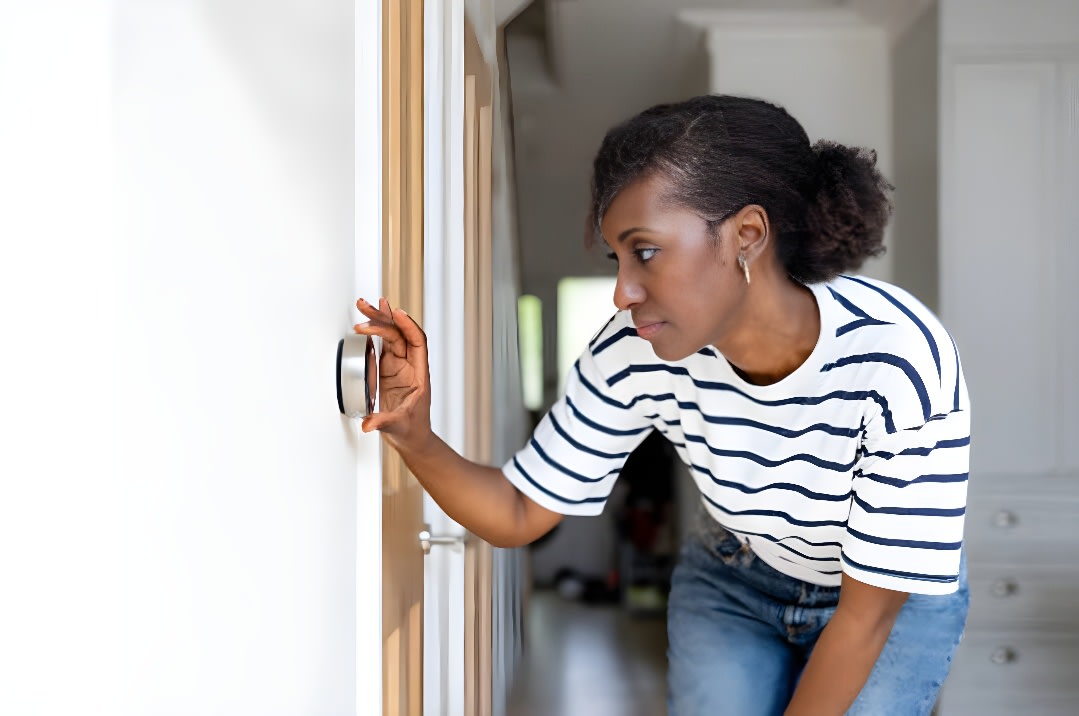
Navigating Property Improvement Changes as a Landlord
The real estate landscape is constantly evolving, and one of the notable trends in recent years has been the rise in property improvements. For landlords, staying informed about these changes is crucial to attract and retain tenants, increase property value, and remain competitive in the rental market. In this article, we’ll explore what landlords need to know about this growing trend and how to navigate it effectively.
- Tenant Expectations Are Changing
Tenants today have higher expectations when it comes to the properties they rent. With increased exposure to design and lifestyle trends through social media and home improvement shows, they desire more aesthetically pleasing, functional, and energy-efficient spaces. Landlords need to consider these changing preferences and be prepared to make property improvements to meet them.
- The Importance of Curb Appeal
First impressions matter, and the exterior of a property can significantly influence a potential tenant’s decision. Landlords should invest in curb appeal by maintaining landscaping, upgrading entryways, and ensuring the property looks well-kept. This can make a property more appealing and may justify higher rents.
- Energy Efficiency and Sustainability
Green living is on the rise, and tenants are increasingly interested in properties that are energy-efficient and environmentally friendly. Landlords should consider making improvements such as installing energy-efficient appliances, better insulation, or solar panels to reduce utility costs for tenants and attract eco-conscious renters.
- Renovating Interiors
Upgrading the interior of a rental property can be a smart move. This may involve remodeling kitchens, bathrooms, or creating open floor plans to make the space more modern and appealing. These improvements can command higher rents and may lead to shorter vacancy periods.
- Smart Home Technology
The rise of smart home technology has brought new opportunities for property improvements. Tenants appreciate features like smart thermostats, security systems, and voice-activated assistants. Integrating these technologies can make a property stand out in the rental market.
- Budgeting and ROI
Property improvements can be costly, so landlords must carefully budget for these projects. They should consider the return on investment (ROI) when deciding which improvements to undertake. It’s essential to strike a balance between enhancing the property’s value and keeping costs manageable.
- Tenant Communication
Before making significant improvements, landlords should communicate with their tenants. Informing them of planned renovations and the expected duration can help maintain positive landlord-tenant relationships. Considerations should be given to tenant convenience during the renovation process.
- Maintenance and Long-Term Planning
Property improvements are not a one-time effort. Landlords should have a long-term maintenance and improvement plan for their properties. Regular upkeep and updates are essential to keep the property competitive and avoid significant repair costs down the line.
- Professional Help
For complex property improvements, landlords may need to hire contractors, interior designers, or architects. It’s crucial to work with experienced professionals to ensure that the improvements are done correctly and up to code.
Conclusion
The rise in property improvements is a trend that landlords need to embrace to stay competitive in the rental market. Understanding tenant expectations, focusing on curb appeal, energy efficiency, interior upgrades, smart technology, and adhering to regulations are all essential components of this evolving landscape. By making informed decisions and planning for long-term improvements, landlords can increase the value of their properties and attract desirable tenants.






